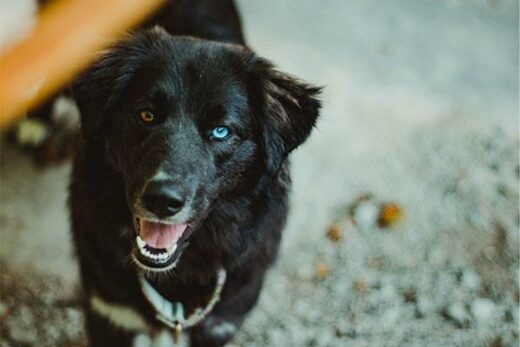Did you know 2 in 3 dogs in the US (or roughly 60 million dogs) are considered overweight? Woof. When the accumulation of excessive body fat causes a dog to be greater than or equal to 20% above ideal body weight, they are considered obese.
So what causes obesity?
Our pets can’t walk themselves to the store and pick out their own dinner. Many premium diets tout high protein recipes made for wolf-like performance animals. In reality, modern dogs spend 50% of their day sleeping and 30% lounging. AKA higher calorie intake and less energy expenditure = the dog’s body storing energy in the form of fat. Pet obesity is also often due to being overfed each meal and getting additional snacks throughout the day. Sneaking them extra treats and table scraps starts to add up.
Obese dogs tend to be older, female, and spayed since this decreases metabolic rates. Certain breeds are also predisposed to obesity based on their genetics. These include Labrador Retrievers, Pomeranians, pugs, dachshunds, beagles, Cocker Spaniels and Shetland Sheepdogs.
Obesity and adverse health conditions
Research by Banfield Pet Hospital found that the lifespan of overweight dogs was up to 2.5 years shorter on average than the lifespan of dogs with healthy body weights.
Along with added weight impacting their joints, excess body fat has many other consequences.
- High blood pressure
- Heart disease
- Diabetes
- Respiratory issues
- Cancer
How can you tell if your dog is a healthy weight?
The best way to ensure your dog maintains a healthy weight is for them to receive regular vet check-ups. They’ll be able to help you build a plan that works best for your dog.
The body condition scoring system is a tool used by vets to determine if a dog is underweight, overweight or obese. This system assigns a body condition number on a scale of 1-5 or 1-9. For example, a dog designated as a 3 out of 5 or a 4.5 out of 9 is considered an ideal body condition. One way to assess this is to view the dog standing from above. You should see a clear waist, or hour-glass appearance in the abdomen from the last thoracic rib to the rump/tail and an abdominal tuck when viewed from the side. You should also be able to see the outline of that last rib. If you are seeing multiple ribs, the dog may be too thin. Seeing no rib outline and no hour-glass waist or abdominal tuck indicates the dog may be overweight or even obese which would be an 8-9 out of 9 on the body condition scale.
Treatment and prevention of obesity
The best place to start? Decrease their caloric intake by either adjusting their daily diet, following feeding guidelines, and increasing their daily exercise. If daily treats or table scraps are a part of your dog’s life, these calories should be counted in your dog’s daily allowance.





